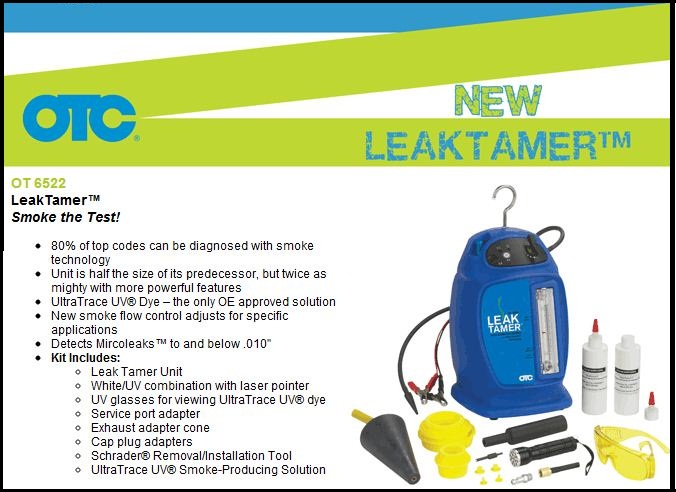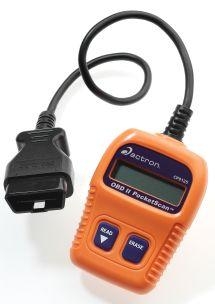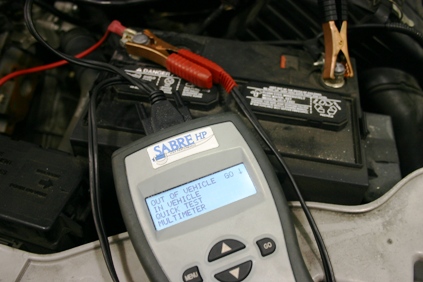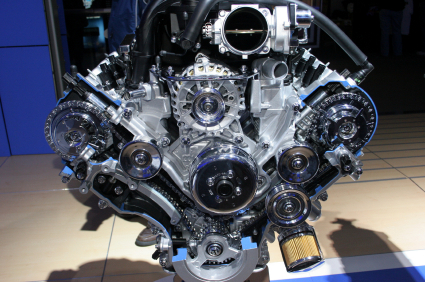July 29, 2012
EVAP, OTC Tool Blog
No Comments

© DenLorsTools.com Summary: New product announcement, the new OTC Leak Tamer smoke machine used for checking evaporative leaks. Commonly called EVAP leaks. An EVAP leak is a fuel vapor leak in the car’s evaporative system. The evaporative system in a car is designed to minimize the amount of fuel vapors that escape into the outside air. Read the rest…
September 30, 2008
Auto Scan Tool, OTC Tool Blog, Tool Comparison
No Comments
It seems that with all the new choices for wireless automotive scan tools now, information is hard to come by. Our recently revised automotive tech article compares the top three wireless, touch screen automotive scan tools from Snap On (Verus), OTC (Pegisys) and Launch (X431Tool). Snap On known for it’s quality tools and yes, high prices.
Read the rest…
September 21, 2008
Auto Scan Tool, OTC Tool Blog, Tool Comparison
No Comments

Good – Simple Actron Code Reader CP9125
The CP9125 Actron code reader is a very popular choice for the DIY (Do it Yourself-er) and for many used car dealers that want to read codes before the auction (or clear the codes prior to their car being ran through). The size of this tool makes it easy to carry in your pocket. No frills, just a good basic code reader with about 3,000Â definitions for Global OBD 2 codes.
Read the rest…
August 30, 2008
Auto Shop Tools, OTC Tool Blog
No Comments

OTC Hand Held Battery, Charging System/ Starter Tester
The OTC Sabre is a hand held tester that is an easy to use alternative to the OTC Minuteman electrical tester. This tool is very easy to use, quick and accurate. The Sabre being a hand held unit, is not subjected to the abuse of rolling across rough shop floors. It comes in a nice storage case, some models come with a wireless infrared printer. A battery tester with a printer is a good sales tool, no pun intended.
Read the rest…
August 2, 2008
Ford Problems, OTC Tool Blog, Service Manager, Tech/Mechanic
No Comments

Some of our most requested tools lately has been specialty tools for aligning cams and cranks for timing chain alignment. In the past changing a timing chain or timing belt only required basic tools to get the job done. The camshaft and crankshaft sprockets only went on one way due to the design that used a key-way which only allowed the pulley to go on one way. Alignment marks for the cam and crank were aligned per directions from the service manual. Now many engines have no key-way and the pulleys are pressed on. Since the key-way is not used in increasing number of vehicles, specialty automotive tools are required to properly Align the cam and crank.
Read the rest…



